On May 26, 2025, the field of telesurgery in Europe reached a major milestone as two successful telesurgeries were performed in Belgium using the Toumai® robotic surgical system. With this achievement, Belgium becomes a pioneer in remote robotic surgery across the continent, setting a new benchmark for surgical innovation in Europe. Experts attending the procedures noted that Toumai®, already approved for routine commercial telesurgery in China, offers a scalable model for other countries exploring telesurgical development.
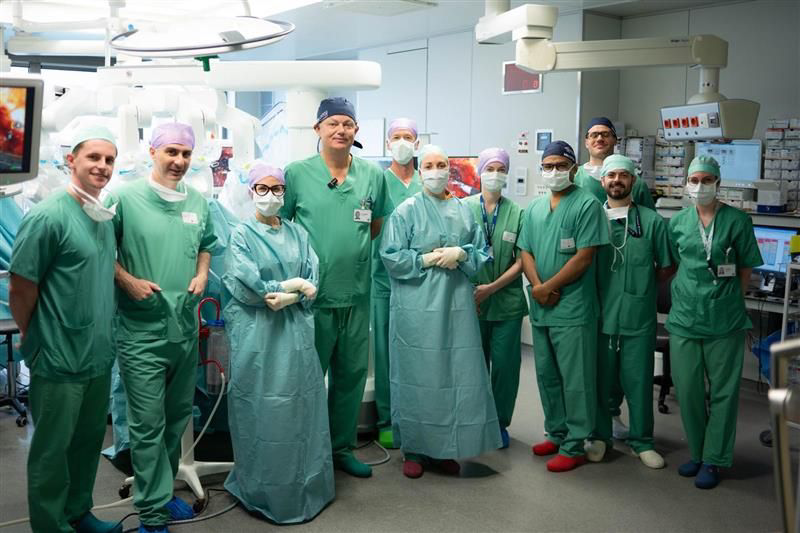
The two procedures were conducted using the hospital’s standard V-LAN network with a round-trip latency of just 20 milliseconds, fully meeting the technical requirements for millisecond-level surgical accuracy. The Toumai® system delivered high-fidelity 3D visuals with no lag, precise and stable robotic arm control, and seamless audio communication between surgical teams in both locations. These results underscore the system's cutting-edge architecture, including ultra-low-latency video compression, multi-layer data encryption, dynamic network optimization, and real-time surgical safety mechanisms, even in complex network environments.
The first case was a robot-assisted radical prostatectomy, one of the most technically demanding procedures in urologic surgery due to its proximity to dense vascular and nerve structures. It was performed remotely by Dr. Naeyer, a urology and robotic surgery expert, with Prof. Mottrie supporting on-site. Compared with open or laparoscopic methods, the use of a robotic system significantly reduced bleeding, improved precision, and minimized patient trauma—particularly beneficial for patients requiring care across geographic distances.
The second procedure was a robot-assisted total hysterectomy, performed by gynecologic and robotic specialist Dr. Jamaer with on-site support from Dr. Traen. The operation was completed with virtually zero blood loss, reducing the risk of postoperative complications and accelerating patient recovery. Dr. Jamaer also became the first female surgeon outside China to complete a remote robot-assisted surgery, marking a milestone in gender representation within the field.
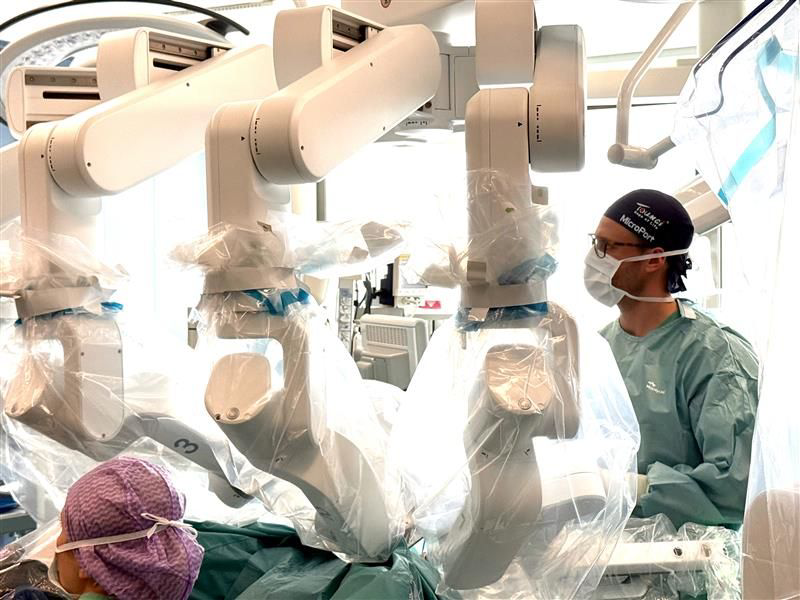
Global disparities in medical resources remain a longstanding challenge. Many developing countries and remote regions lack access to advanced surgical technology, experienced specialists, and modern facilities. Even in developed countries, access to surgical care is highly uneven. According to the American Urological Association, between 62% and 63% of U.S. counties have no practicing urologists, and nearly 90% of urologists work in metropolitan areas. This imbalance highlights the urgent need for scalable surgical solutions. Telesurgery offers a transformative approach by enabling high-quality surgical interventions regardless of distance, time zones, or geography.
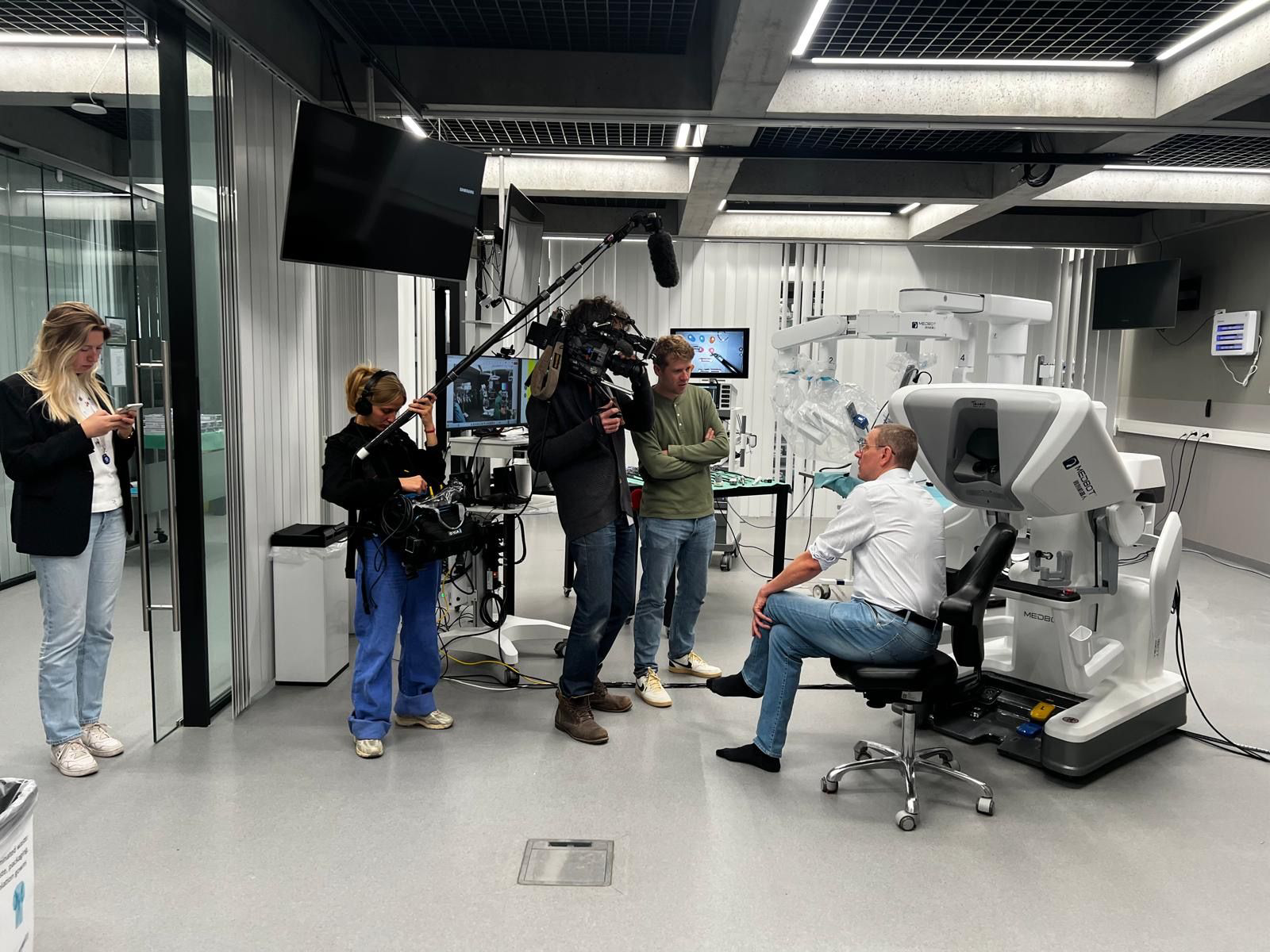
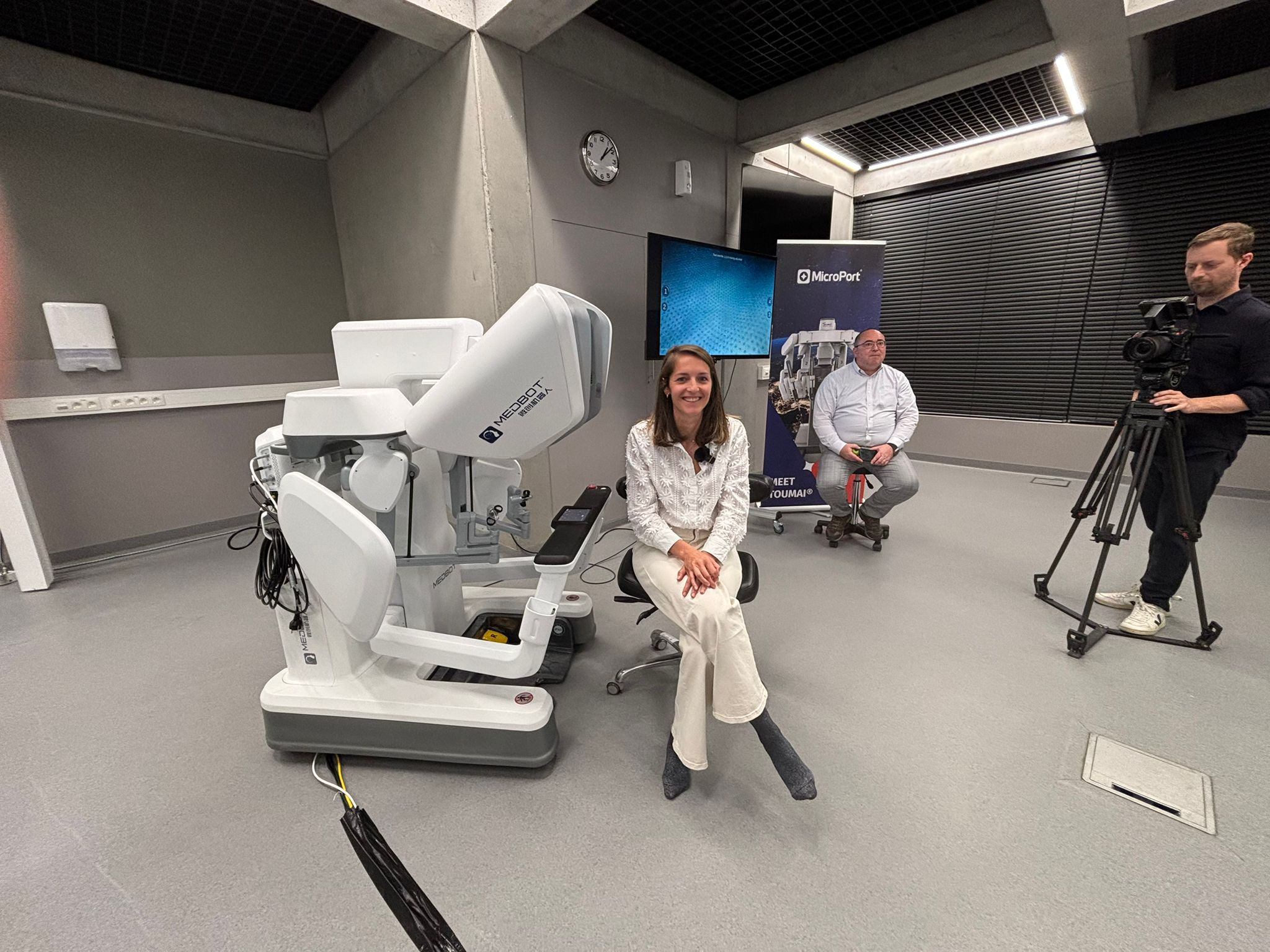
Experts at the event emphasized the adaptability of the Toumai® system across a wide range of clinical disciplines. Its low-latency, high-precision, and safety-focused architecture makes it well-suited for complex procedures in diverse settings. The successful completion of these telesurgeries not only validates the clinical potential of robotic systems but also opens new avenues for cross-border medical collaboration and the export of high-quality healthcare services. This landmark moment signals the beginning of a new era in European surgery.
-
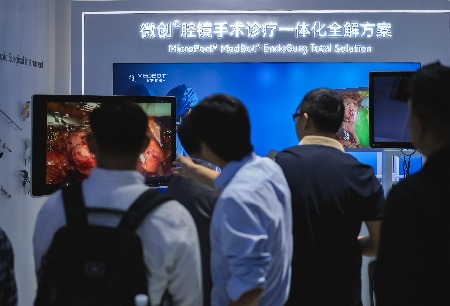 2025-11-14Toumai® Robotic Fluorescence Imaging System Receives EU CE Certification
2025-11-14Toumai® Robotic Fluorescence Imaging System Receives EU CE Certification -
 2025-11-10MicroPort® MedBotTM Showcases Toumai® Surgical Robot at “China Sci-Tech Innovation Gala”!
2025-11-10MicroPort® MedBotTM Showcases Toumai® Surgical Robot at “China Sci-Tech Innovation Gala”! -
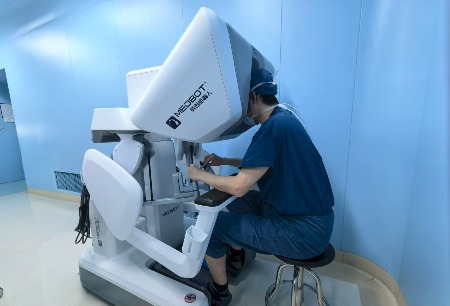 2025-10-13Toumai® Robot Assists in Complex Pancreaticoduodenectomy with SMV Resection and Prosthetic Graft Reconstruction
2025-10-13Toumai® Robot Assists in Complex Pancreaticoduodenectomy with SMV Resection and Prosthetic Graft Reconstruction






 Hu ICP Bei No. 20013662 HGWA Bei No. 31011502015178
Hu ICP Bei No. 20013662 HGWA Bei No. 31011502015178 " are registered trademarks of Shanghai MicroPort Medical (Group) Co., Ltd.” . They have been authorized to be used by Shanghai Microport Medbot (Group) Co., Ltd., and no other party shall use such trademarks without prior written permission thereof.
" are registered trademarks of Shanghai MicroPort Medical (Group) Co., Ltd.” . They have been authorized to be used by Shanghai Microport Medbot (Group) Co., Ltd., and no other party shall use such trademarks without prior written permission thereof.
